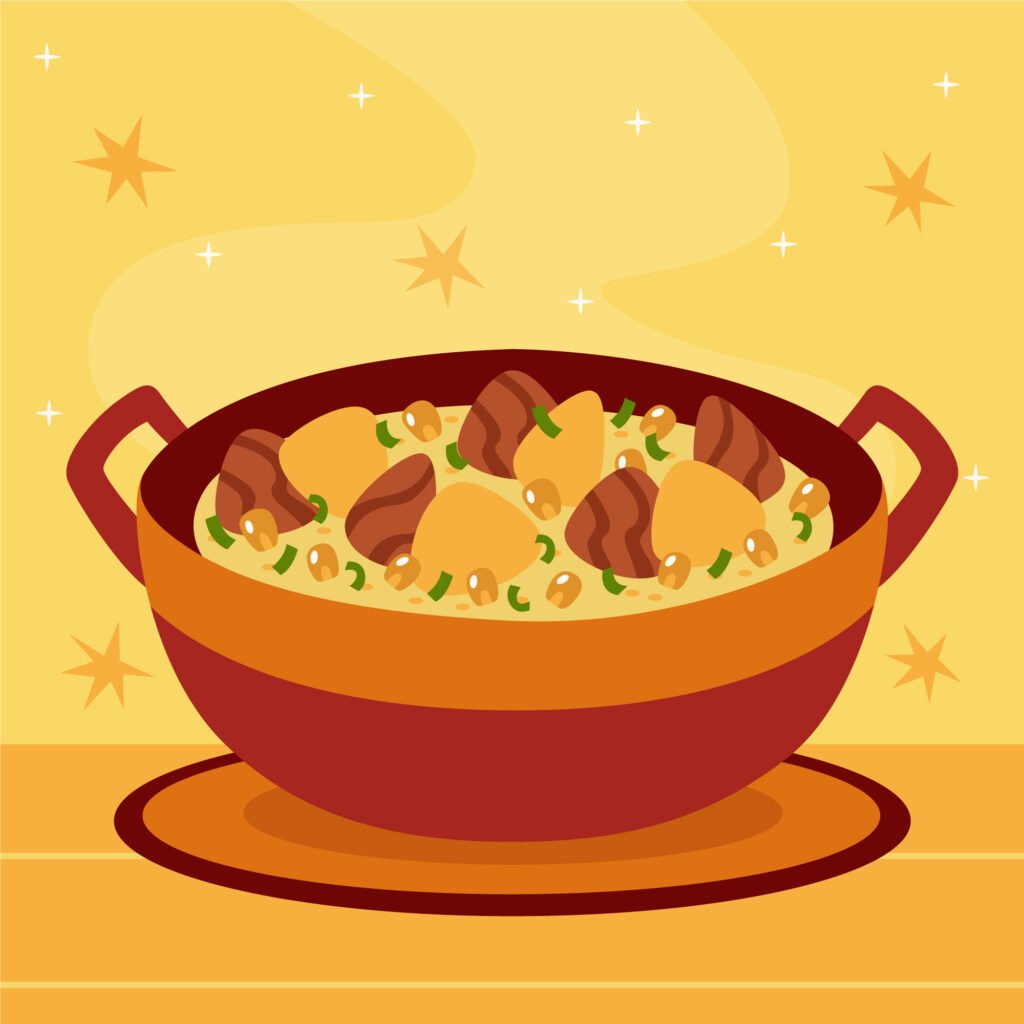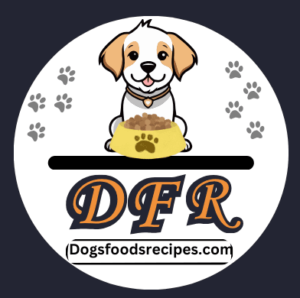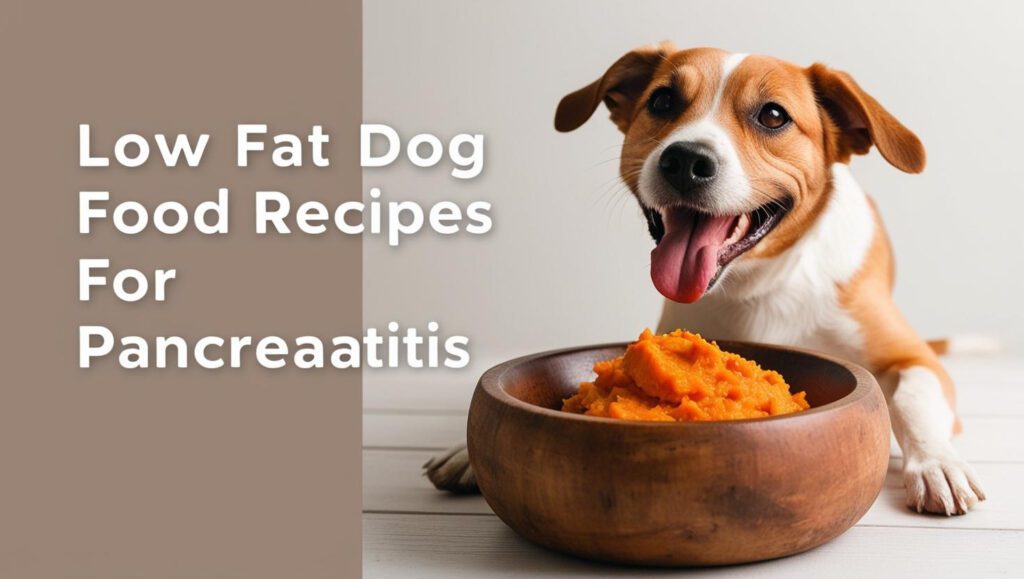Introduction
As our dogs age their dietary needs change. Senior dogs often require more specialized nutrition to maintain their health and energy levels. One way to ensure your dog gets the best possible nutrition is by preparing Benefits of Homemade Dog Food Recipe This article explores the numerous benefits of homemade dog food recipes for senior dogs and provides tips on creating balanced, nutritious meals.
Why Diet Matters More for Senior Dogs
Senior dogs experience changes in metabolism and nutritional needs as they age. They may face health issues such as arthritis reduced kidney function, and dental problems. A carefully tailored diet can help manage these conditions prolonging your dog’s quality of life and overall well-being.
Benefits of Homemade Dog Food for Senior Dogs
Control Over Ingredients and Quality
One of the primary benefits of homemade dog food is the control you have over the ingredients. You can select high-quality, fresh ingredients that meet your dog’s specific dietary needs, ensuring they get the best nutrition possible.
Customization for Specific Health Needs
Every dog is unique, and senior dogs often have specific health requirements. Whether your dog needs a low-protein diet due to kidney issues or extra fiber for digestive health, homemade food allows you to tailor meals to meet these needs precisely.
Enhanced Flavor and Palatability
Senior dogs can become picky eaters, especially if they have dental issues or reduced senses of taste and smell. With their fresh ingredients and customizable flavors, homemade meals can appeal to older dogs, encouraging them to eat more consistently.
Avoiding Harmful Additives and Preservatives
Many commercial dog foods contain additives, preservatives, and fillers that may not be beneficial for your dog’s health. By making your own dog food, you can avoid these potentially harmful ingredients, ensuring your dog eats a diet of pure, wholesome foods.
Nutritional Considerations for Senior Dogs

Key Nutrients for Senior Dogs
As dogs age, their need for certain nutrients changes. Protein is vital for maintaining muscle mass, while fiber supports digestive health. Vitamins and minerals like calcium and vitamin D are essential for bone health, and omega-3 fatty acids can help manage inflammation.
Importance of Balanced Nutrition
It’s crucial to ensure that your homemade dog food is nutritionally balanced. This means including a mix of proteins, carbohydrates, fats, vitamins, and minerals in the right proportions. Consulting with a veterinarian or a pet nutritionist can help you create a balanced diet for your senior dog.
Adjusting Portions and Ingredients Based on Age and Activity Level
Senior dogs are typically less active, which means they may require fewer calories. Adjusting portion sizes to prevent weight gain is important, which can lead to other health problems. Similarly, ingredient choices may need to change based on your dog’s health status and activity level.
Common Ingredients in Homemade Dog Food
Protein Sources
Proteins are the building blocks of a dog’s diet. Common sources include chicken, turkey, and fish, all of which provide essential amino acids needed for muscle maintenance and overall health.
Healthy Grains and Vegetables
Grains like brown rice and quinoa provide carbohydrates for energy, while vegetables like carrots, sweet potatoes, and green beans add essential vitamins and minerals. These ingredients also add fiber, which is important for digestive health.
Beneficial Fats and Oils
Healthy fats, such as those found in fish oil or flaxseed oil, are crucial for maintaining a healthy coat and supporting brain function. These fats can also help manage inflammation, a common issue in older dogs.
Sample Homemade Dog Food Recipes for Senior Dogs

Recipe 1: Chicken and Brown Rice Delight
Ingredients:
- 2 cups cooked brown rice
- 1 lb cooked chicken breast, shredded
- 1 cup steamed carrots
- 1 cup steamed green beans
- 1 tbsp fish oil
Instructions:
- Mix all ingredients in a large bowl.
- Divide into portions and serve based on your dog’s size and dietary needs.
Recipe 2: Turkey and Sweet Potato Stew
Ingredients:
- 1 lb ground turkey
- 2 cups diced sweet potatoes
- 1 cup chopped spinach
- 1/2 cup blueberries
- 1 tbsp flaxseed oil
Instructions:
- Cook the turkey in a large pot until browned.
- Add sweet potatoes and spinach, and cook until tender.
- Stir in blueberries and flaxseed oil before serving.
Recipe 3: Fish and Quinoa Medley
Ingredients:
- 2 cups cooked quinoa
- 1 lb cooked white fish (e.g., cod or tilapia)
- 1 cup steamed broccoli
- 1/2 cup diced apples
- 1 tbsp coconut oil
Instructions:
- Combine quinoa, fish, broccoli, and apples in a large bowl.
- Drizzle with coconut oil and mix well.
- Serve according to your dog’s dietary needs.
How to Transition Your Senior Dog to Homemade Food
Switching to homemade food should be a gradual process to avoid digestive upset. Start by mixing a small amount of homemade food with your dog’s current diet, gradually increasing the proportion over a week or two. Monitor your dog’s health closely during this transition, watching for any signs of discomfort or digestive issues.
Using Supplements to Boost Nutrition
Supplements can help fill nutritional gaps in your dog’s diet. Common supplements for senior dogs include glucosamine for joint health, omega-3 fatty acids for inflammation, and probiotics for digestive support. Always consult your vet before adding supplements to ensure they are appropriate for your dog’s specific needs.
Cost-Effectiveness of Homemade Dog Food
While homemade dog food may seem more expensive initially, it can be cost-effective in the long run. You can buy ingredients in bulk, and the improved health of your dog may reduce vet bills. Additionally, homemade food can be tailored to avoid waste and make use of seasonal ingredients.
Avoiding Common Mistakes
Avoiding Toxic Foods
Some human foods are toxic to dogs, including onions, garlic, chocolate, and grapes. It’s crucial to avoid these ingredients when preparing homemade dog food.
Balancing the Diet Correctly
An imbalanced diet can lead to health issues. Ensure that your dog’s diet includes the right proportions of proteins, carbohydrates, fats, and essential vitamins and minerals.
FAQs
How often should I feed my senior dog homemade food?
The frequency of feeding homemade food to your senior dog should be based on their individual needs, including their weight, health condition, and activity level. Generally, feeding your senior dog twice a day is recommended, but consult your veterinarian to determine the best feeding schedule for your dog’s specific situation.
Can I mix homemade food with commercial dog food?
Yes, you can mix homemade food with commercial dog food, but it’s essential to do so carefully. Start with a small amount of homemade food and gradually increase it while monitoring your dog’s health and digestion. Ensure the homemade portion is balanced and consult with your vet to avoid any nutritional imbalances.
How do I know if my senior dog’s diet is nutritionally balanced?
To ensure your senior dog’s diet is nutritionally balanced, include a variety of protein sources, vegetables, grains, and fats in the right proportions. You can use pet nutrition calculators or consult with a veterinarian or pet nutritionist to evaluate the nutritional adequacy of your dog’s diet and make necessary adjustments.
Are there any foods I should avoid in homemade recipes?
Yes, certain foods should be avoided in homemade dog food recipes, including chocolate, grapes, onions, garlic, and certain artificial sweeteners like xylitol. These foods can be toxic to dogs and may cause serious health issues. Always research and confirm that all ingredients are safe for dogs before adding them to your recipes.
How can I make homemade dog food more affordable?
To make homemade dog food more affordable, plan meals in advance and buy ingredients in bulk. Use cost-effective protein sources and vegetables, and consider preparing larger batches that can be frozen for later use. Budgeting and meal planning can help reduce overall costs while still providing nutritious meals for your dog.
If you have any questions or any problems so please don’t hesitate to contact us







